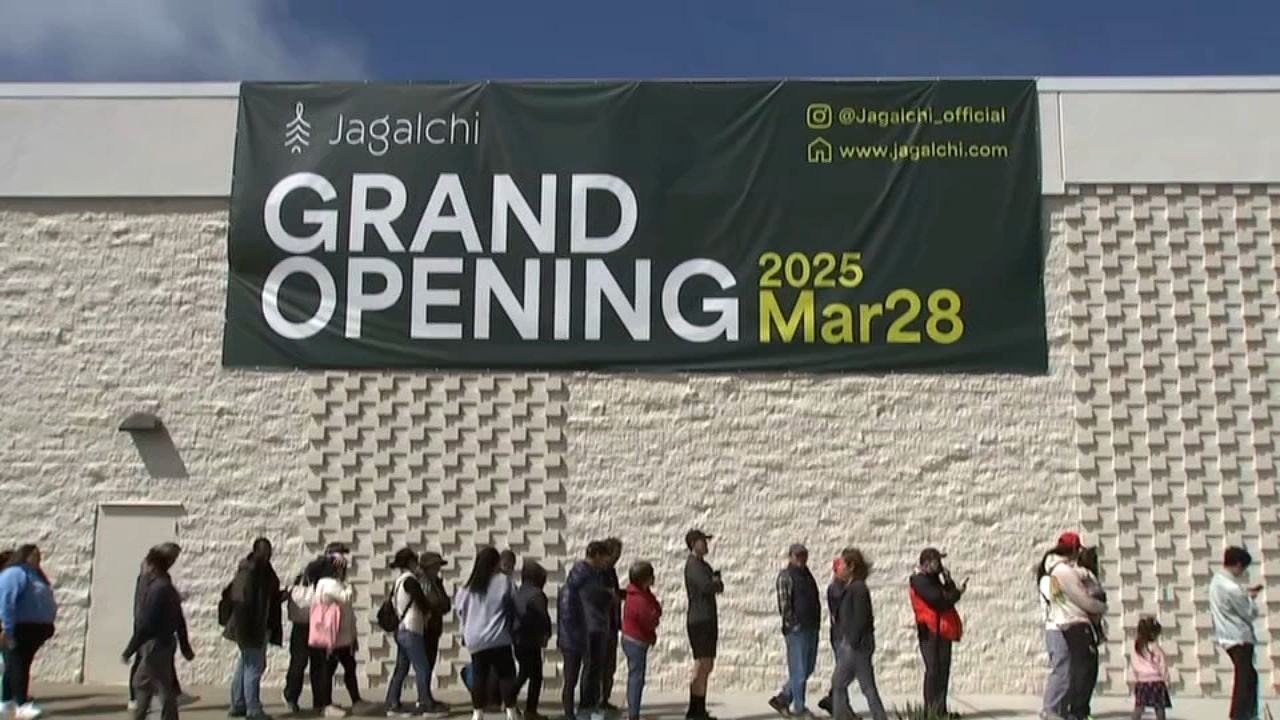7 California State University campuses collaborating on plan to address recent wildfires


SAN FRANCISCO (KGO) -- CAL FIRE reported on Friday that there are three active wildfires burning in Southern California, located in Riverside, Ventura and San Diego counties.
Meanwhile, the Bay Area forecast calls for potentially damaging winds in the area starting Sunday night.
RELATED: Bay Area temps could hit record high over MLK holiday weekend, weather forecast shows
As California's fire season becomes year-round, the burning question for authorities is what to do after wildfires ravaged 4.2 million acres, damaged or destroyed over 10,000 structures, and killed 33 people?
Experts from seven Cal State campuses gathered online to take a holistic approach to the problem, looking at climate change, fire suppression, land management,and the health impacts of wildfire season.
RELATED: North Bay fire season comes to close on Monday, CAL FIRE announces
No one can forget how Bay Area skies turned orange in September with smoke filling the skies from North and South Bay fire complexes.
"What lands on your skin and enters your lungs will forever have, you know, a damaging effect on those people that are exposed," said Matt Rahn, director of the Environmental Leadership Institute at CSU San Marcos. "That's going to be the issue that we need to deal with over the next 20, 30 years."
Researchers already are tracking the impact of smoke among firefighters and the persistent cough some developed after fighting the infamous 2018 Camp Fire.
Smoke exposure could be an even more serious risk now with the ongoing pandemic.
"That exposes you to all kinds of respiratory irritants that make you potentially less able to fight off a respiratory illness or a disease like the COVID-19," said Assistant Professor Amanda Stasiewicz of San Jose State's Department of Environmental Studies.
RELATED: Wildfires produced up to half of pollution in US West, according to study
San Jose State's fire and smoke forecasting system is considered the most advanced model in the country to predict risk.
The Wildfire Interdisciplinary Research Center has the only mobile Doppler radar in the West.
Experts said earlier warning for people to evacuate from fire and smoke is needed from businesses and authorities.
"We've seen a number of companies coming out with apps to try to help keep us with cutting edge knowledge on who needs to evacuate when," says Stasiewicz.
The research on the seven CSU campuses could influence future land development and where housing is built as fires blur the line between wildland and urban areas.






